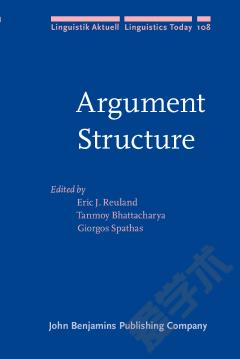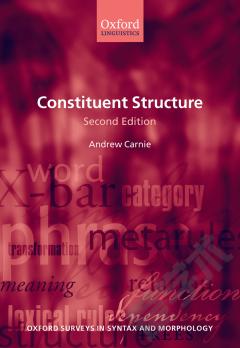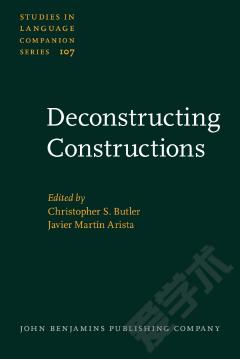Cleft Structures.
The phenomenon of clefts is beyond doubt a golden oldie. It has captivated linguists of different disciplines for decades. The fascination arises from the unique syntax of clefts in interaction with their pragmatic and semantic interpretation. Clefts structure sentences according to the information state of the constituents contained in them. They are special as they exhibit a rather uncommon syntactic form to achieve the separation of the prominent part, either focal or topical, from the background of the clause. Despite the long-lasting interest in clefts, linguists have not yet come to an agreement on many basic questions. The articles contained in this volume address these issues from new theoretical and empirical perspectives. Based on data from about 50 languages from all over the world, this volume presents new arguments for the proper derivation of clefts, and contributes to the ongoing debate on the information-structural impact of cleft structures. Theoretically, it combines modern syntactic theorizing with investigations at the interface between grammar and information-structure.
{{comment.content}}








 京公网安备 11010802027623号
京公网安备 11010802027623号